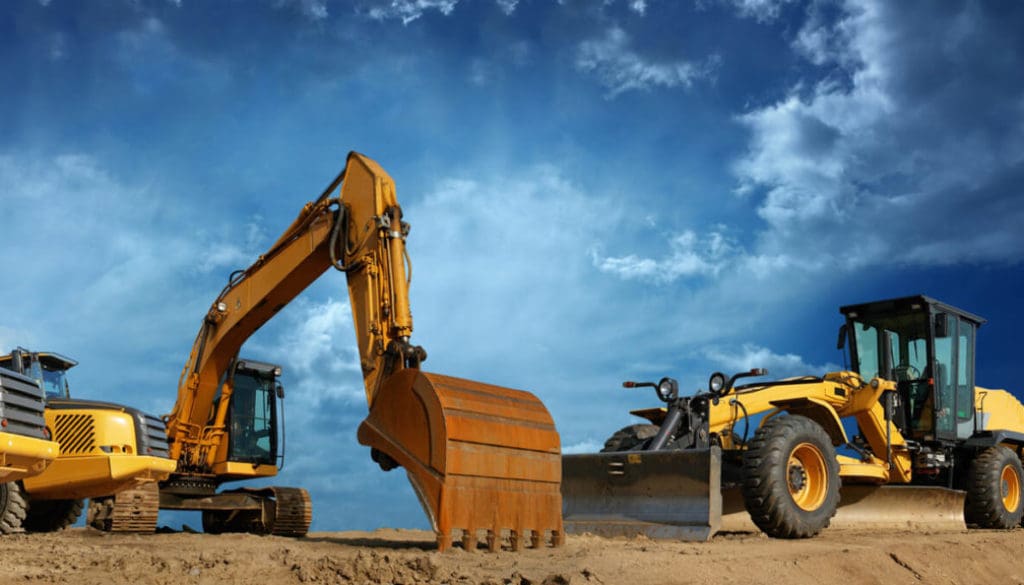Scissor Lift Rental: Safe and Efficient Solutions
Scissor Lift Rental: Safe and Efficient Solutions
Blog Article
Leasing Vs. Acquiring Construction Equipment: Making the Right Option for Your Task
When getting started on a building and construction project, one of the important decisions that forecast stakeholders and managers encounter is whether to rent out or get building devices. The choice pivots on different factors such as price factors to consider, task period, tools maintenance, adaptability, risk, and scalability administration.
Cost Considerations
Renting equipment commonly needs lower preliminary settlements compared to acquiring, making it an appealing option for short-term projects or specialists with spending plan restraints. In the long run, constantly renting out devices can accumulate higher expenses than buying, especially for extensive projects.
On the other hand, getting building and construction devices includes higher in advance prices yet can lead to lasting financial savings, specifically for constant individuals or long-lasting tasks. Having tools offers flexibility, convenience, and the possibility for resale worth once the task is finished. In addition, owning equipment enables customization and knowledge with specific machinery, possibly increasing efficiency and productivity on-site. Inevitably, the decision between leasing and acquiring building and construction equipment hinges on the project's period, regularity of usage, budget plan considerations, and long-term economic objectives.
Job Duration

Alternatively, for long-term projects or recurring building job, purchasing devices could be the more economical choice. Investing in devices can result in cost savings over time, particularly if the equipment will be regularly made use of. Furthermore, possessing equipment provides a feeling of control over its schedule and enables for personalization to fit certain job requirements.

Tools Upkeep
Given the important duty project duration plays in determining the most cost-efficient approach between renting out and buying construction devices, the focus currently shifts towards analyzing the essential facet of tools maintenance. On the other hand, owning equipment needs an aggressive method to maintenance to protect against failures, guarantee safety and security, and extend the equipment's life-span. Inevitably, a well-kept building and construction tools fleet, whether rented out or had, is important for the effective and efficient conclusion of building projects.
Adaptability and Scalability
In the realm of building and construction devices management, the facet of flexibility and scalability holds significant value for task effectiveness and source utilization. Choosing to rent building and construction equipment gives a high degree of flexibility as it enables for the fast modification of equipment types and quantities based on the progressing requirements of a task. Leasing enables professionals to access a variety of specific devices that might be required for specific tasks without the long-term commitment of ownership. This versatility is particularly helpful for jobs with varying demands or unpredictable periods (mini excavator rental).
Moreover, scalability, another important element, is inherently connected to flexibility. Renting out building equipment uses the advantage of quickly scaling operations up or down as project demands rise and fall. Professionals can quickly trade or include equipment to match the task's altering needs without the restrictions of possessing possessions that might become underutilized or outdated. This capability to range sources effectively can cause expense savings and boosted project timelines, making renting a desirable choice for projects requiring flexibility and responsive resource allotment.
Risk Management
Effective risk administration in building equipment procedures is critical to guaranteeing job success and mitigating prospective monetary losses. Building and construction jobs naturally involve different risks, such as equipment break downs, mishaps, and task hold-ups, which can dramatically influence the task timeline and spending plan. By carefully considering the dangers connected with owning or renting out building and construction tools, project supervisors can make educated decisions to minimize these potential hazards.
Renting construction devices can offer a level of threat mitigation by transferring the duty of repair and maintenance to the rental business. This can decrease the economic concern on the job owner in instance of unforeseen equipment failures (heavy equipment rental). In addition, leasing gives the adaptability to gain access to specialized tools for particular task phases, reducing the threat of owning underutilized machinery
On the other hand, possessing building tools provides a feeling of control over its usage and maintenance. However, this likewise indicates bearing the full responsibility for repairs, maintenance expenses, and depreciation, Resources boosting the financial dangers related to devices possession. Cautious danger analysis and consideration of variables such as job duration, devices utilization, and upkeep demands are critical in determining one of the most appropriate option for reliable threat administration in construction tasks.
Final Thought
To conclude, when making a decision between acquiring and leasing construction tools, it is vital to take into consideration price, task duration, devices maintenance, scalability, risk, and versatility administration. Each aspect plays an essential function in establishing the most ideal alternative for the task at hand. By carefully examining these elements, task supervisors can make an informed decision that aligns with their budget plan, timeline, and overall project objectives.

Report this page